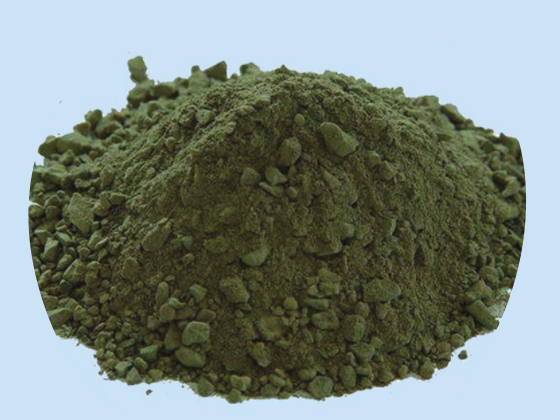
Liaoning Haicheng Xinyue Refractories Co., Ltd.
Mobile phone: +86-15041737767 +86-13322303666
Website:yushunda.com.cn
Mailbox: xinyuenaihuo@163.com
Address: East Pai Lou Industrial Park, Pai Lou Town, Haicheng, Liaoning.
Difference between ramming material and castable
Ramming materials and castables are refractory materials, but there are differences between them.

1. Difference of Raw Material Composition: The ramming material is mainly made of aggregate with certain particle gradation, powder additive, binder and additive, and is mainly made of unshaped refractory by manual or mechanical ramming construction. The ramming materials include corundum ramming, high alumina ramming, silicon carbide ramming, carbon ramming, silica ramming, magnesium ramming and so on. For example, electric furnace bottom ramming material is made of silicon carbide, graphite, anthracite calcined by electricity as raw materials, mixed with a variety of ultra-fine powder additives, fused cement or composite resin as binder. It is used to fill the filling material between furnace cooling equipment and masonry gap or masonry leveling layer. Castable is a granular and powdery material made of refractory material with a certain amount of binder. It has high fluidity and is suitable for shaped refractories molded by casting. The three main components of castable are main component, additive component and impurity, which are divided into aggregate, powder and binder. The raw materials of aggregate are silica, pyrochlore, andesite and wax stone.
2. Differentiation of applicable scope of construction: Luoyang Quantong kiln industry (ramming manufacturer) suggests that attention should be paid to uniform force and smooth construction during ramming construction. Tamping materials are generally used for refractory bricks can not be masonry or difficult to masonry kiln parts, the construction of tamping materials is relatively simple, used to fill the furnace cooling equipment and masonry gap or masonry leveling layer filling materials. Castable is mainly used to build various heating furnace lining and other integral structures. Some high quality varieties can also be used in smelting furnaces. For example, aluminate cement refractory castable can be widely used in various heating furnaces and other slag-free, acid-base free thermal equipment. The refractory castables made of low calcium and pure high alumina cement with high alumina content and sintered high quality granular and powdered materials can be used in places where the working temperature is relatively high due to the erosion of molten iron, molten steel and slag, such as tapping trough, ladle and blast furnace body, tapping trough, etc. For example, phosphate refractory castable can be widely used in reheating furnaces and soaking furnaces for heating metals, also can be used in coke ovens, cement kilns directly in contact with the material parts. In some parts of metallurgical furnaces and other containers in direct contact with slag and molten metal, repairing with high quality phosphate refractory castables is also effective. Generally speaking, the castable can be used in the key parts of the furnace body, such as the furnace door frame, near the feeding port; liquid metal casting runner, generally used castable casting molding, after a period of time, the castable will fall off, need to be repaired regularly.
